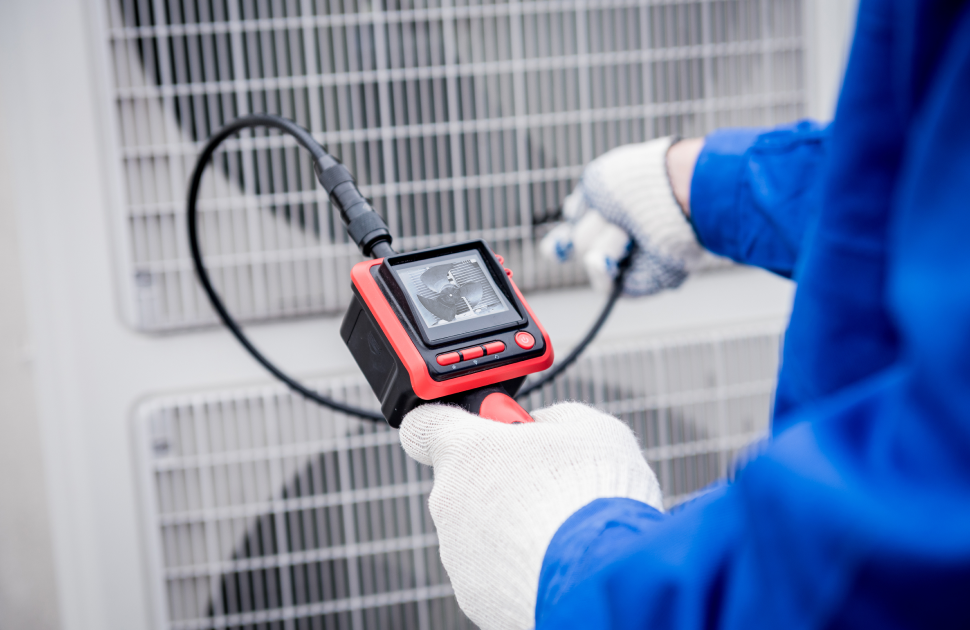Non-Destructive Testing: Ensuring Safety and Reliability in Various Industries
When it comes to ensuring the safety, reliability, and quality of products and structures used in various industries, Non-Destructive Testing (NDT) professionals play a critical role. These individuals perform inspections, testing, and evaluations of materials, components, and systems without causing damage or destruction to the tested object. In this article, we'll explore the different techniques used by NDT professionals, their roles and responsibilities, and their importance in various industries.
NDT Techniques
NDT professionals use a variety of techniques to detect and analyze flaws or defects in materials and components. These techniques are non-invasive, meaning they do not cause damage or destruction to the tested object. Some of the commonly used NDT techniques are:
Ultrasonic Testing:
This technique uses high-frequency sound waves to detect internal defects or discontinuities in materials.
Radiography Testing:
This technique involves the use of X-rays or gamma rays to create an image of the internal structure of an object.
Magnetic Particle Inspection:
This technique involves the use of a magnetic field and magnetic particles to detect surface and near-surface defects in ferromagnetic materials.
Eddy Current Testing:
This technique uses an alternating current passed through a coil to create a magnetic field that interacts with the material being tested. The resulting eddy currents are used to detect surface and near-surface defects.
Visual Inspection:
This technique involves a visual examination of the surface of the object to detect surface defects or anomalies.
Liquid Penetrant Testing:
This technique involves the application of a liquid dye or fluorescent dye to the surface of the object, which seeps into any surface cracks or defects. The excess dye is then removed, and a developer is applied to make any cracks or defects visible.
NDT Roles and Responsibilities
The primary role of an NDT Professional is to ensure the safety, reliability, and quality of products and structures used in various industries. They perform inspections, testing, and evaluations of materials, components, and systems without causing damage or destruction to the tested object. They interpret test results accurately and provide recommendations based on the findings. They may also use specialized equipment and software to perform data analysis and produce reports that detail the results of the inspection.
NDT professionals must be knowledgeable about industry codes and standards related to NDT, as well as safety protocols and procedures. They must be able to communicate effectively with clients, colleagues, and other stakeholders and have strong problem-solving skills. They also need to stay up to date with new technologies and techniques in the field of NDT.
Importance in Various Industries
The role of NDT professionals is critical in various industries such as aerospace, automotive, construction, oil and gas, and manufacturing.
In the Aerospace Industry, NDT is used to detect defects or cracks in aircraft components such as engines, wings, and fuselage. The automotive industry uses NDT to ensure the safety and reliability of critical components such as brakes, suspension, and steering systems.
In the construction industry, NDT is used to detect defects or cracks in concrete structures, bridges, and pipelines. In the oil and gas industry, NDT is used to detect corrosion, cracks, and other defects in pipelines and other equipment. In the manufacturing industry, NDT is used to ensure the quality and reliability of products such as metal parts, plastics, and composites.
Conclusion
In conclusion, NDT professionals play a critical role in ensuring the safety, reliability, and quality of products and structures used in various industries. They use non-invasive techniques to detect and analyze flaws or defects in materials and components. They interpret test results accurately and provide recommendations based on the findings. They must be knowledgeable about industry codes and standards related to NDT,

.png)









